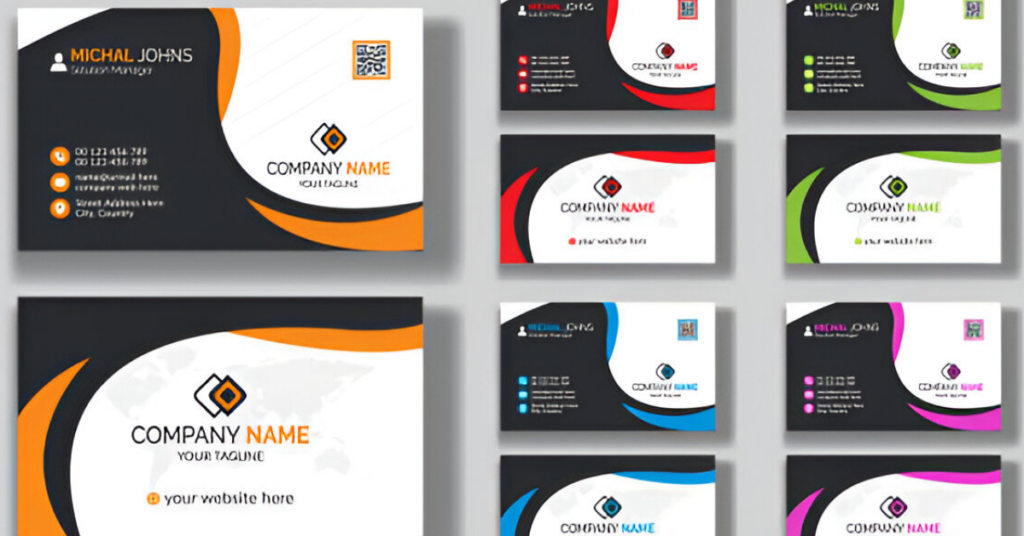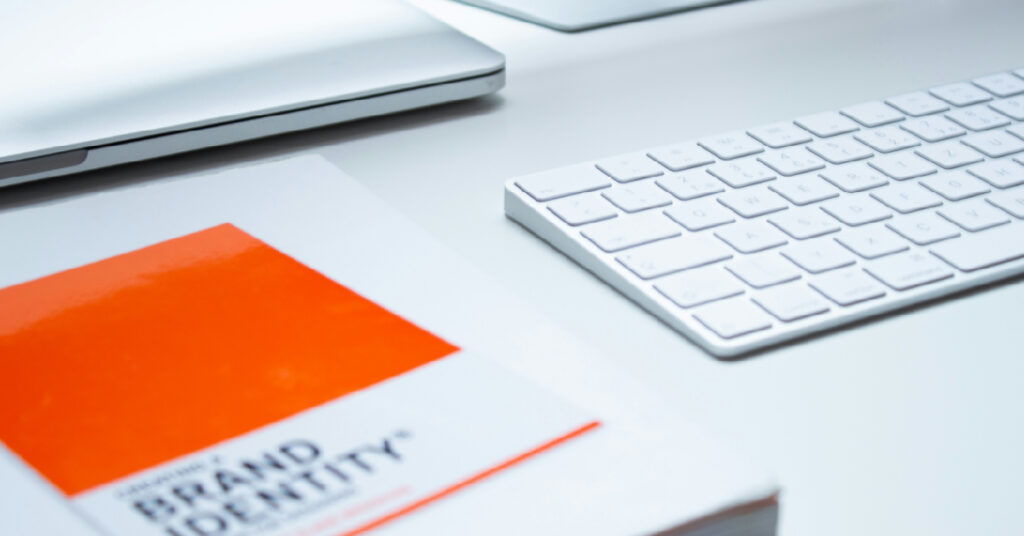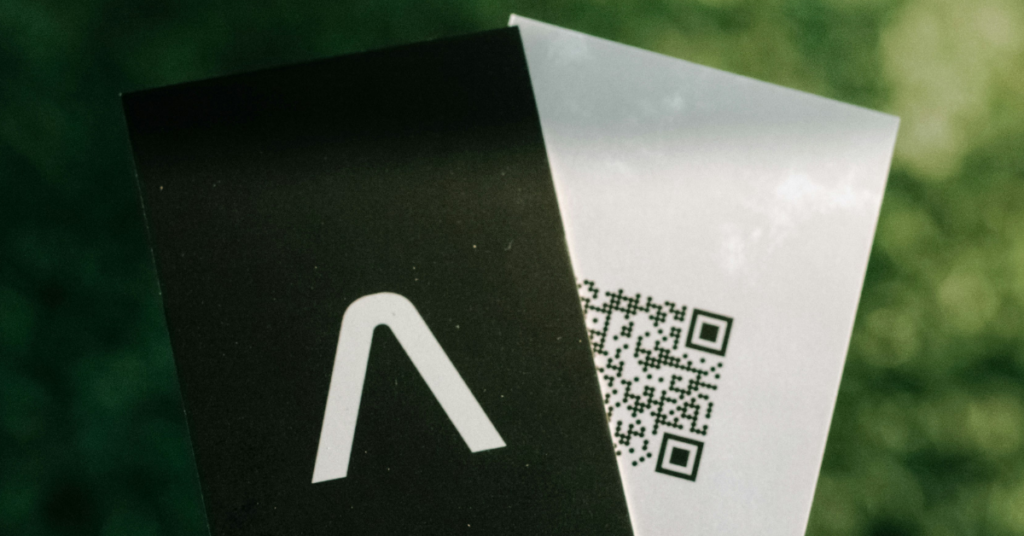What should you include on the back of your business card? Is it important to include the URL of your website? No matter how little your business is or what service you provide, you still have the opportunity to convey your message and do it in a manner without overloading the reader with too much information.
Prospective customers often look at your business card first when seeking contact information for your small business. The first impression your business card makes could mean the difference between someone picking up the phone or throwing it away.
This article will provide you with all the essential information regarding business cards. We will discuss the information that should be included on the front and back of your business cards as well as share practical printing tips in order to ensure your business card information is incorporated effectively into the design of your business card.
Important Information to Include in a
Business Card Design
Here is some important information you must include on your business cards:
- Logo
Logos serve as visual representations of your company’s mission and values. They should represent the core of your business and remind your customers of your service. Having a logo gives your company credibility, professionalism, and trustworthiness.
Your logo must be prominently displayed on the front of your business card. You should use an image with a resolution of 300 dpi (dots per inch) to print crisp edges. Avoid adding text too close to the logo or scaling it too large. The logo should be scaled down a bit on your business card design to create more space around it.
- The Job Title
My most frequently asked question from small business owners is whether or not to add a title to their business cards, and if so, what should be included.
If you run a small business, you might wonder what position title to use on your business card. There are several different opinions and discussions about this topic.
The typical job title can be classified into three categories: no title, organizational role (CEO or President), or function (Director of Sales and Marketing). When you have only one or two employees, it may seem a bit out of place to refer to yourself as President.
For people to be able to clearly understand what you do on a daily basis, it would be best to use something more functionally specific (e.g. Business Development Manager).
- Tagline
Do you have a slogan or tagline for your small business? Make sure it appears on your business card! The best way to come up with your own tagline is, to sum up what you do in a few words — this is especially helpful if your company name is not self-explanatory. For instance, Stratton Design’s business cards display the tagline “Website design & hosting” in order to convey the services they provide. Their core service is focused on professionalism, honesty, and integrity.
- Contact Information
It was not uncommon for businesses to have one (or at most two) telephone numbers in the past. However, many business cards now include a toll-free number, a direct line, a cell phone number, and perhaps even the company’s home telephone number. This is completely absurd! It is not appropriate for your customers to be forced to play telephone tag with you.
Why not keep things simple? Please provide your customers with one or two contact numbers. That’s all there is to it!
- Social Media Links
Consider adding your social media handles and recognizable social media icons to your business card if you are active on social media. It does not matter whether you are a TikTok or Instagram user, letting your customers know where they can find you and attracting new followers is a valuable strategy.
Guidelines for How to Design a Business Card Design that Stands Out?
Follow these guidelines on how to design a business card that stands out from the crowd.
- Decide On Card Size
There should be sufficient room on the business card for you to see the contents, but the card should still be small enough to fit into your pocket or wallet. 3.5″ by 2″ is the standard size, but you can choose something larger if you wish to include more information or something smaller if you wish to include links to online portfolios and profiles.
- Design Elements Should be Consistent With Your Brand
All the design elements (colors, fonts, graphics) should be consistent with your brand.
While some business cards are all white, others are colored in a way that catches the eye. Nonetheless, it is important not to overlook the use of your brand’s color scheme, which can assist in spreading brand awareness among potential customers.
Whenever your brand undergoes a significant change, you should update your business card.
It is important to learn about the psychology of colors to determine which colors best represent your brand’s identity if you are not set on a particular color scheme.
- Add the Logo
A logo is a must-thing to add to your business card and there is no argument about it. Logo, business name, and other references of a business are more easily remembered by a customer the more often they are exposed to them.
You may decide to put it in one corner of the card or in the middle depending on the shape and size of the logo. The idea is to make the information easily seen without occupying too much space (e.g., business name, phone number, services provided).
- Choose High-Quality Printing Materials
Don’t use thin or low-quality printing material for your business card, because it would give an unprofessional look. So we would recommend choosing a thick material like cardstock, glossy paper, cotton linter, etc. Also, you can select the type of ink that you want for your card such as metallic ink, acrylic ink, and raised ink.
source: freepik
- Keep Your Card Design Simple
Every day potential customers receive countless business cards and different companies and sales person. How to ensure that they remember you or your company? Well the best thing to do is to keep your card design simple which includes all the necessary information.
It is better to select a plain design that contains all the details that buyers would want to see (for instance, a logo, phone number, etc.).
- Be Sure to Proofread Before Printing
Proofread your business cards before they are printed to make sure there are no errors or typographical errors. Please make sure that the contact information is accurate and up-to-date and that your logo, tagline, color scheme, and other branding elements are conveying your brand accurately.
- Make Your Font Readable
The design of a business card is more than just the logo and color scheme. Choosing the right typeface can also make the difference between receiving a call and having the card thrown away.
If you choose a font that is difficult to read, you will most likely achieve the latter. Therefore, you should choose a font that is readable, such as Arial or Helvetica. Go with a typeface that is similar and legible for your brand.
source: behance.net
- Add Your Headshot
When you include a headshot on your business card, you give it a personal touch and make it more memorable. Additionally, prospects may recognize you on social media platforms or in person when you use it. Do not be afraid to put some personality into your photo if you choose to include it.
source: behance.net
Good Business Card Examples
Here are some good business card examples you can see for your inspiration:
- Hospitality Industry Business Card
The below is business card of an inn which shows a ‘wolf’ logo along with the address and website of the inn. This is an example of a hospitality industry business card. The design is simple and there is ample white space. If you own a similar business of a motel, guest house, or pub you can take this as inspiration.
source: dribble
- Finance Business Card
The following is a business card of a financial company that provides Certified Public Accountant and Financial Advisor services. It has every essential you need in a business card. It has a catchy color, font, job title, phone number, address, and website.
source dribble
- Business Owner
The Mainspring London is a hand-watch dealer based in London. Their business card is designed in a classical way. One side includes a logo, company services, and other branding elements whereas the other side is more focused on functional details like contact information.
The card features a clean, uncluttered layout. It relies on ample white space, which reflects professionalism and clarity.
source: dribble
- Personal Business Card
This is a personal business card design which has sleek, modern, and professional, tailored for a contemporary workplace setting, particularly for creative professionals like graphic designers. It includes all necessary information, like phone number, email, website, and address, ensuring multiple points of contact.
The clean, professional layout reflects the skills of a graphic designer: good use of space, fonts, and visual hierarchy. One side is focused on personal information, while the other side prioritizes branding, ensuring balance. It indirectly serves as a mini portfolio of design capabilities.
source: dribble
- Healthcare Business Card
source Behance
This business card design is clean, professional, and tailored for the healthcare or wellness industry, specifically for Joint Pain Relief Centers. The card effectively balances functionality and branding, ensuring it serves as both an introduction to the professional and a representation of the company’s services.
This business card has a two-sided design. The front side provides contact information and personal details for easy communication. It has clean and readable fonts with clear spacing, enhancing professionalism and usability.
The backside mainly focuses on brand identity with the logo and name.
Conclusion
Having business cards is an essential part of marketing your business and connecting with potential clients. You should include details about your services and contact information that is easy to obtain for your customers.
By adding personal touches, such as photos, logos, and graphics, you will make your card stand out from the rest and make it more memorable. We hope you get an idea regarding how to design an ideal business card after reading this guide.


